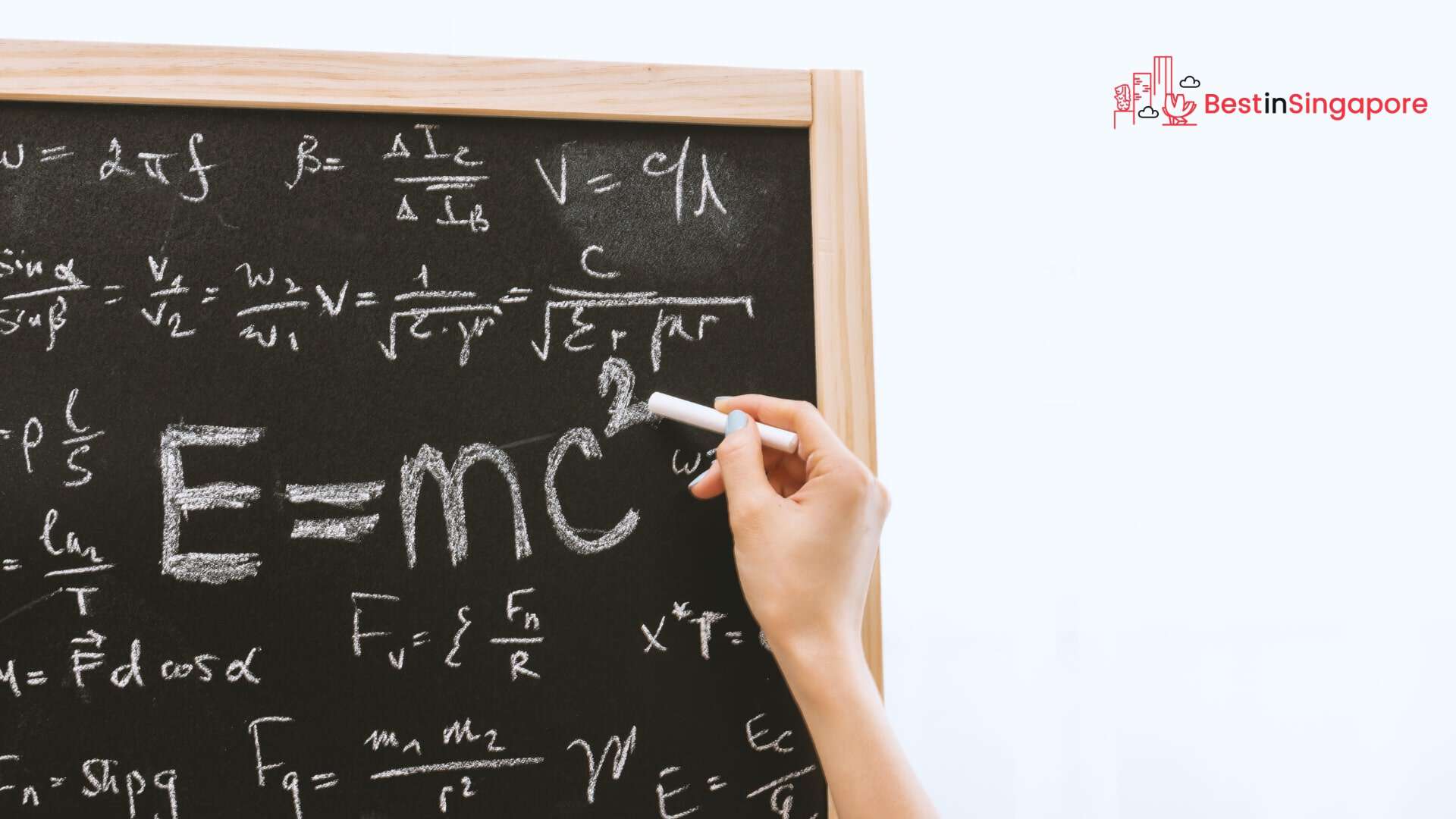Exceeding Expectations: Why Is Singapore So Good at Math?
Singapore is a land of innovation and modernity; it’s also the land of students who are great at math. I’m not even exaggerating about this: every year, Singapore dominates lists of countries with the highest proficiency in math and science.
You’re probably wondering why this is the case, and the answer to that question lies in the way Singaporean teachers teach math.
But what is Singapore math, and what makes it great? How does it make Singaporeans so good at math? This article answers all your questions and more, so let’s dive in, shall we?
All About Singapore Math
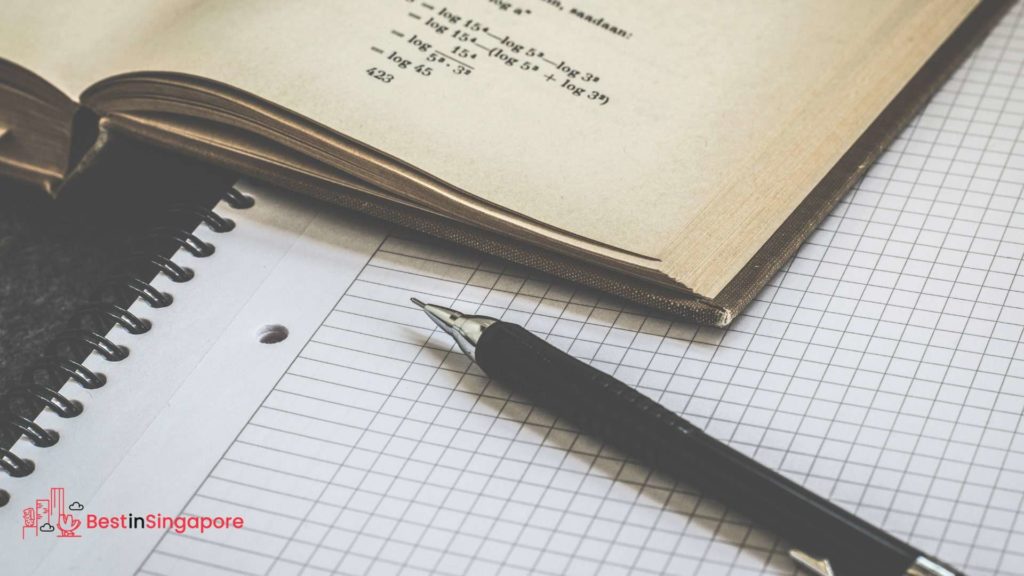
Singapore math is a teaching method used for first grade through sixth grade in Singaporean schools, and it was developed and introduced in the 1980s.
Singapore used to import its mathematics textbooks, but in 1981, the Curriculum Development Institute of Singapore (now known as the Curriculum Planning and Development Division) decided to develop its own textbooks and curriculum.
The reason for this is that the CDIS wanted to focus on problem-solving and help children develop critical thinking skills. Since then, this particular way of teaching math has been widely used all over the nation.
Features of Singapore Math
Fewer Topics But in Greater Depth
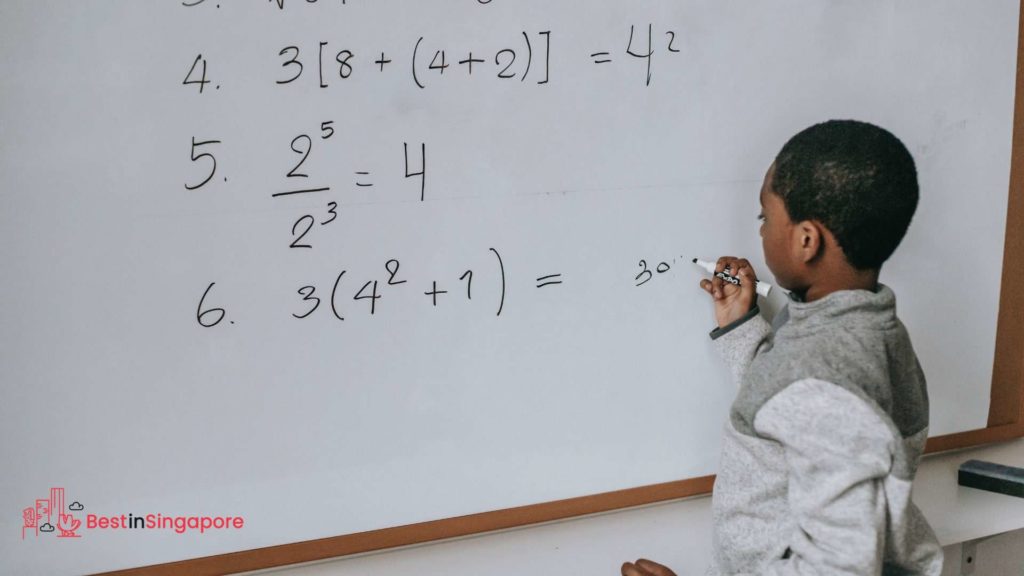
Perhaps the most striking feature of Singapore math is that it covers fewer topics, but the topics they do cover are taught in greater detail.
The great thing about this method is that the textbook for every semester builds upon prior knowledge and skills, so the students end up mastering the topics before moving to the next grade. Once they’re in the next grade, they don’t have to relearn these skills.
With this method, Singaporean students master multiplication and division of fractions and how to solve difficult multi-step word problems by the end of their sixth grade.
The Three-Step Learning Process
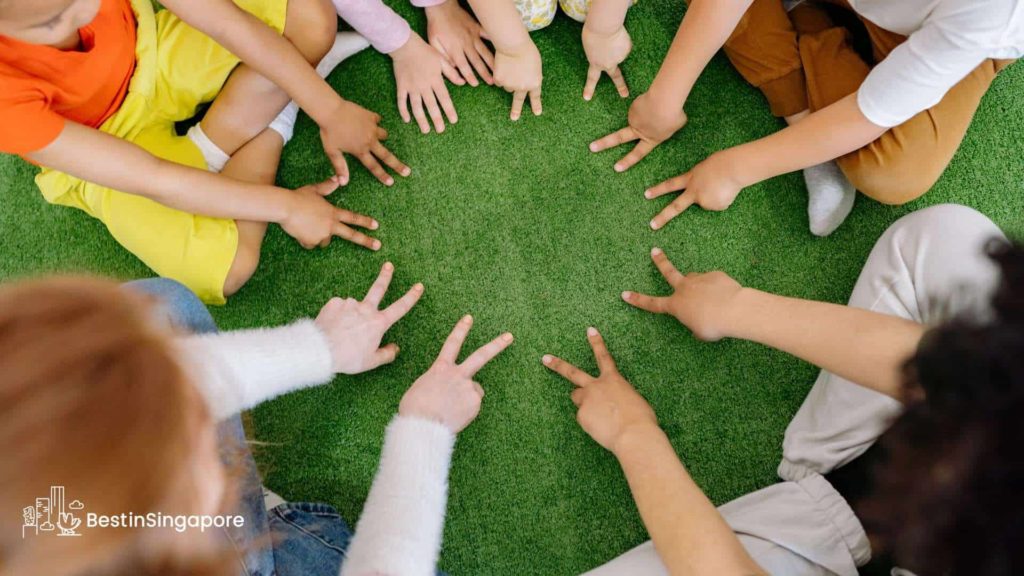
Another characteristic of Singapore math is that it teaches students mathematical concepts in a three-step learning process named CPA, which stands for concrete, pictorial, and abstract.
This process was inspired by an American psychologist, Jerome Bruner, who discovered in the 1960s that people learn better by handling real objects first before transitioning to pictures and then symbols.
Here’s a broad look at how the three-step learning process works.
Other Features of Singapore Math

Why is Singapore math great for students?
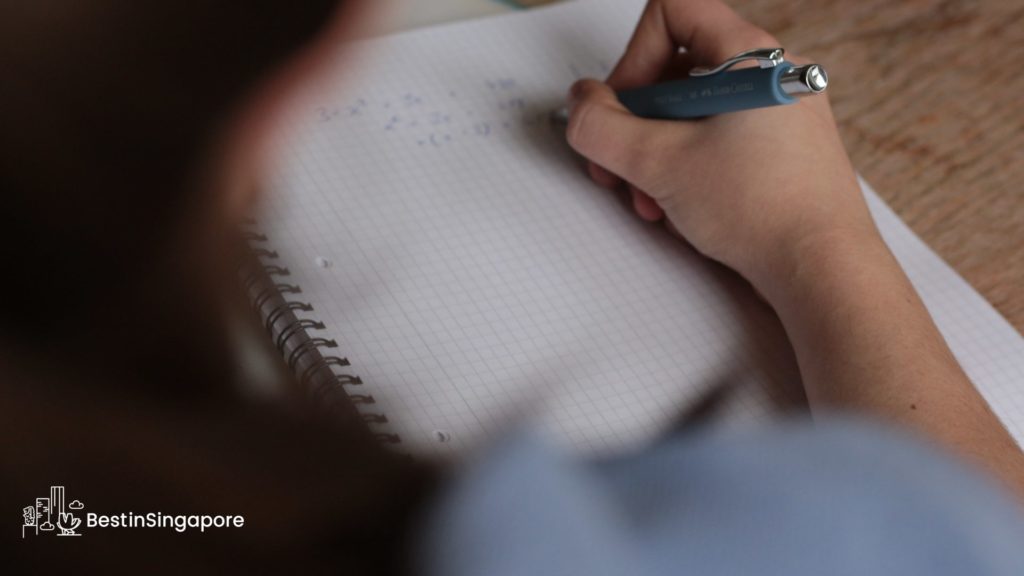
Singapore math is widely used in any educational institution in the nation—be it a public or private school. Even international schools and homeschooling programs use Singapore math!
Focus on Foundational Learning and Deep Mastery
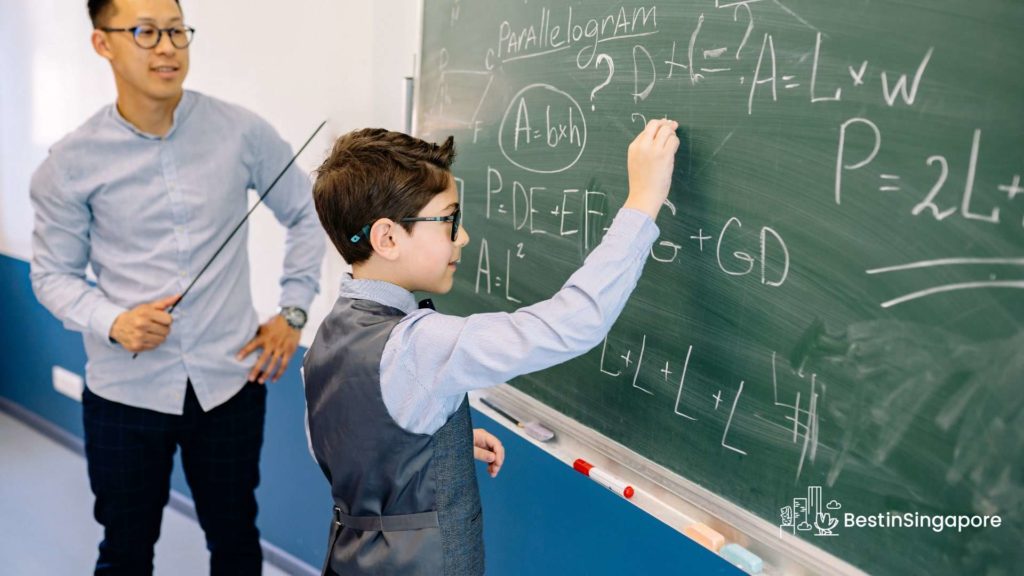
One of the things that Singapore Math has done right is to treat math education like an unhurried process. Mathematics is incredibly broad and complicated, and many institutions believe in teaching students as many concepts as possible.
Because of this, students get overwhelmed fast, which is why many eventually end up despising math. Singapore math avoids that problem because it takes concepts one step at a time.
Focusing on a few concepts per semester allows students to have a strong foundation for the subject, and as the next lessons build on the skills they learned before, the students will eventually have a deep mastery of the concepts.
Nurturing a Growth Mindset

Many people hate learning math because they feel like they’re only learning for a test. For them, studying math is all about memorizing formulas so that you can ace your exams.
Singapore math doesn’t follow the same mindset. Instead, it follows a growth mindset, which is all about using teaching approaches that lead to lasting learning beyond a test.
With a growth mindset, students are encouraged to keep trying even when they’re struggling to master a concept. They learn to adapt and make strategies that will help them solve problems instead of relying on memorizing equations.
In other words, Singapore math inspires students to have a more interactive and dynamic relationship with mathematics. They continue to grow and learn as the concepts become more complex.
Takes Advantage of Visual and Audible Learning

Usually, schools teach math formulas right off the bat, but this can be detrimental because not every student will be able to internalize these abstract concepts fast.
It’s a good thing that Singapore math makes use of concrete and pictorial methods in teaching mathematical concepts. This way, students can picture the elements of a problem, which helps them in finding a solution.
The concrete and pictorial methods are also great because many young people retain more information via visual and audible cues. Because of this, Singapore math is accessible to all kinds of students—no matter what their learning style is.
Aligns with Common Core State Standards
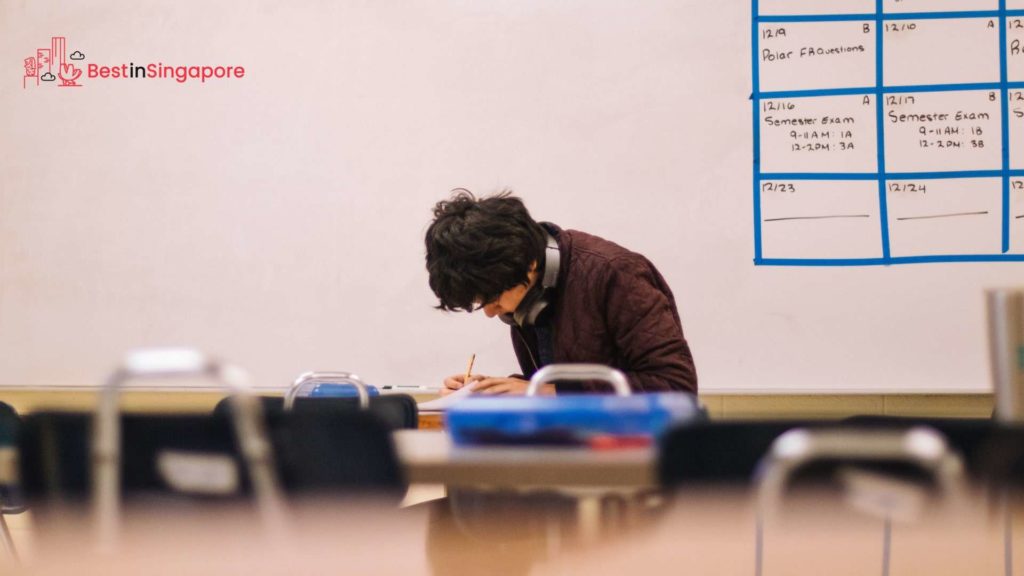
The Common Core State Standards Initiative refers to the educational initiative that aims to establish consistent educational standards to ensure that students who graduate from high school are ready to attend college or enter the workforce.
This initiative was initially implemented in the United States, but more and more countries have adopted it. Singapore is one of them, and luckily, its math education aligns perfectly with the Common Core Standards.
This is great because it means that Singaporean students don’t have to make major adjustments in schooling if they leave the country.
Since they have the foundational concepts mastered, they can attend schools abroad without getting left behind in the lessons.
What are the disadvantages of Singapore math?
Despite all the benefits it gives to students, Singapore math isn’t a perfect teaching approach. It also has a few disadvantages that are worth considering before you choose to go this route.
Can Be Challenging

The main con of Singapore math is that it can be challenging for some people. As stated earlier, you don’t relearn the concepts you’ve already been taught, so you have to master certain skills first before you can progress.
If you haven’t mastered the necessary skills, there’s a possibility you won’t be able to move up a grade, which is definitely the last thing you want to happen.
Because of this, many students of Singapore math have to hire a good tutor who can help them master the math concepts after school. Hiring a tutor means extra expense and extra work for the child, but I personally think it’s worth it.
Really Time-Consuming

In the same vein as the previous section, the second disadvantage is that Singapore math takes a lot of time and effort before you start seeing the good results. To some extent, you’ll have to change your study habits, which isn’t easy to do.
My main advice to combat this is just to be patient. There’s no need to rush anything, and the important thing is learning after all.
So, just forget about the pressure of learning as fast as you can, and focus on mastering your lessons. Take as much time as you need.
Singapore’s Mathematics Rankings
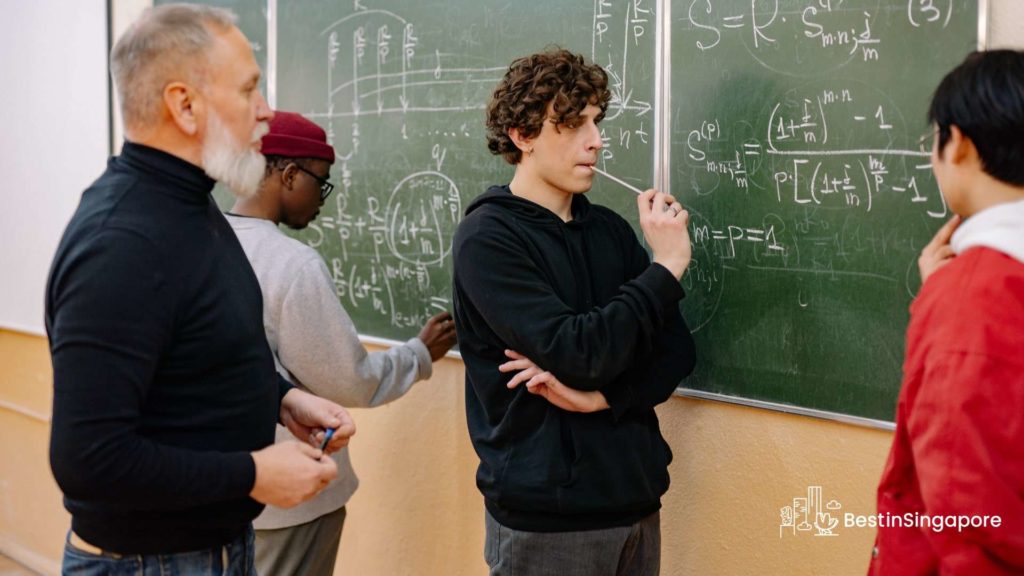
Singapore math quickly rose to prominence when Singapore started topping global surveys that assess the math knowledge and proficiency of students all over the world.
Two examples of these renowned surveys are Trends in International Mathematics and Science Study (TIMSS) and Programme for International Student Assessment (PISA).
Trends in International Mathematics and Science Study (TIMSS)
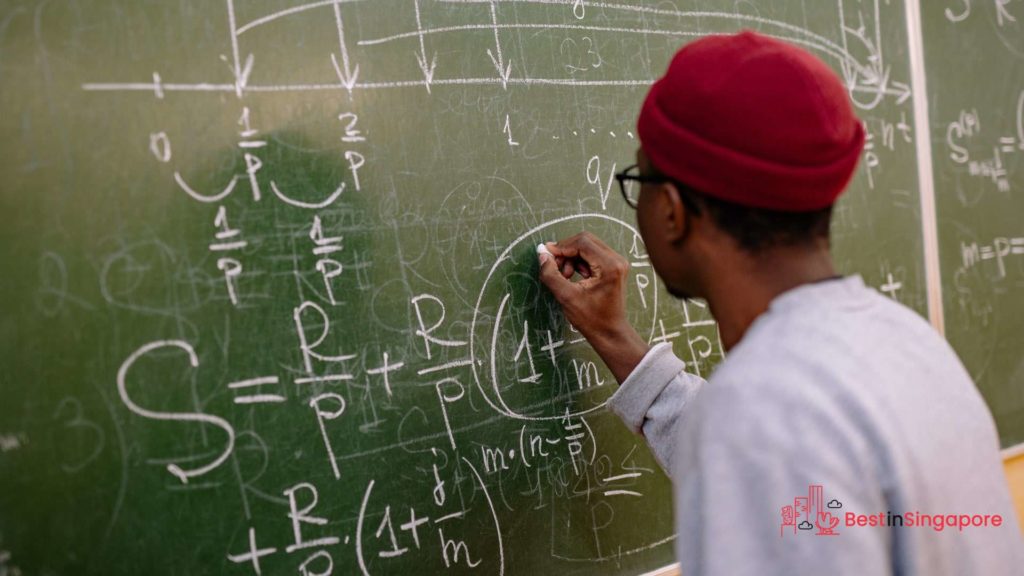
TIMSS assesses the math and science knowledge of fourth and eighth-grade students all over the world. They have been releasing their surveys since 1995, and about 60 countries participate every time.
Here are the results of the mathematics survey from 2019.
Eighth Grade
Fourth Grade
Programme for International Student Assessment (PISA)
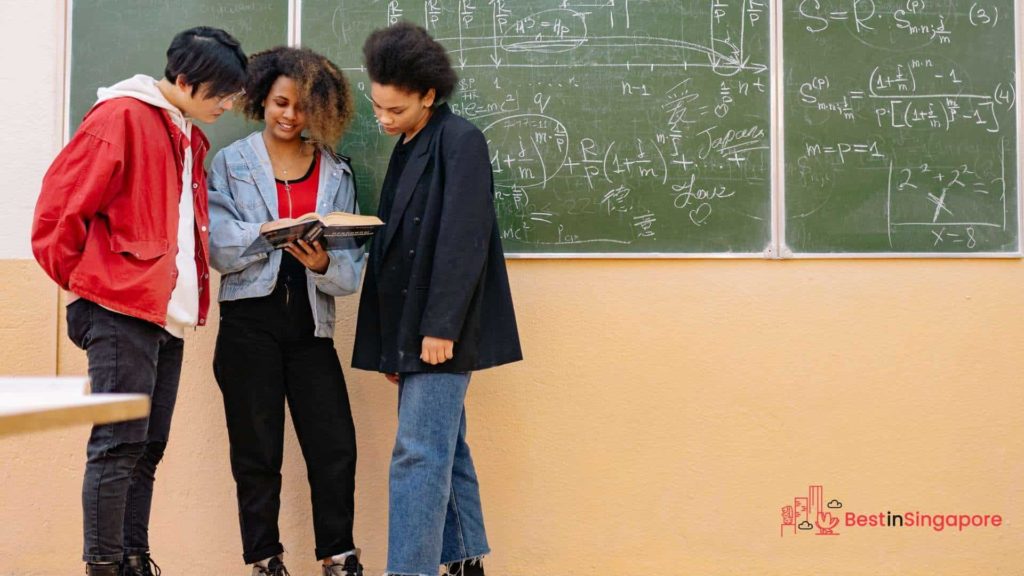
PISA is a worldwide study conducted by the Organization for Economic Co-operation and Development (OECD), and it measures 15-year-old pupils’ performance across various subjects, namely mathematics, science, and reading.
The first time this study was conducted was in 2000, and it’s repeated every three years or so. Here’s the recent survey for mathematics, which was released at the end of 2019:
The Legacy of Singapore Math

Topping worldwide surveys isn’t the only proof that Singapore math is effective.
Another great piece of evidence is its influence in other countries. The United States is the perfect example of this.
Ever since TIMSS released its first survey that revealed Singapore’s high ranking in mathematics, professional mathematicians in the U.S. decided to look at some of Singapore’s math textbooks, especially Primary Mathematics.
This is actually how the term “Singapore math” came to be. It was used by Americans when describing the teaching approach based on the Singaporean textbooks.
Eventually, Singapore math’s popularity became popular in the U.S., and U.S. versions of the textbooks were published and adopted in over 200 schools in the country.
The United States isn’t the only country to adopt the Singapore math approach. Other countries that have also published their versions of the Singaporean textbooks are Canada, Israel, the Netherlands, the United Kingdom, and the Philippines.
What are the best math tuition centers in Singapore?
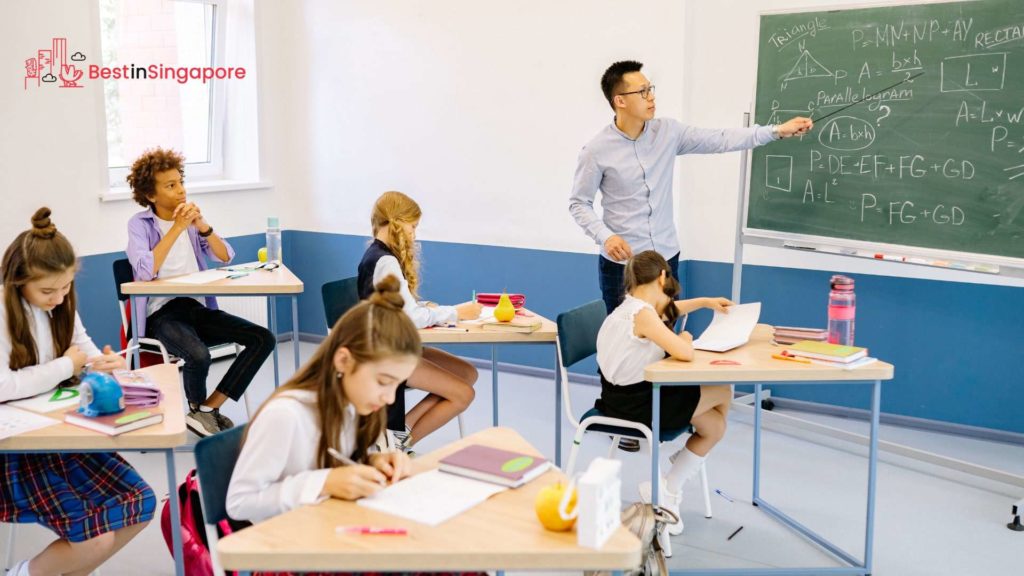
While Singapore Math is widely taught in schools, many students still go to tuition centers to help improve their knowledge and skills. The following are math tuition centers that are popular among students and families in Singapore:

